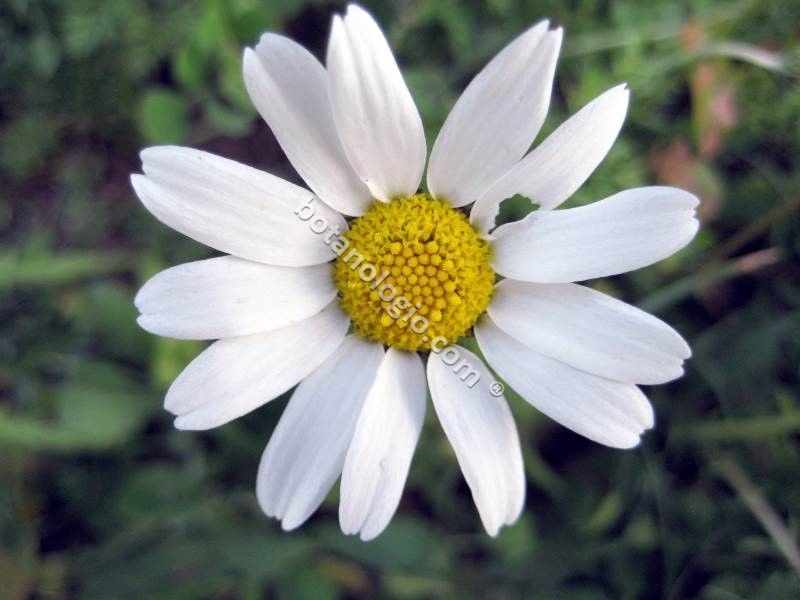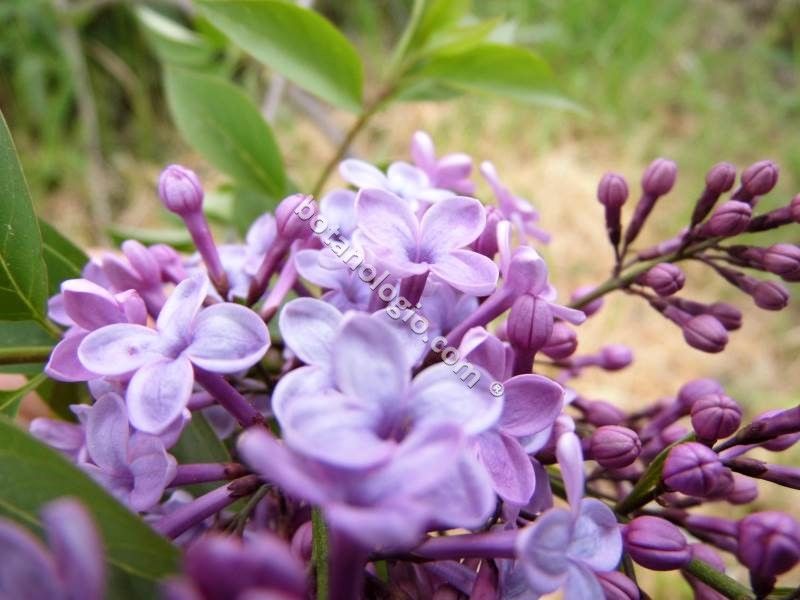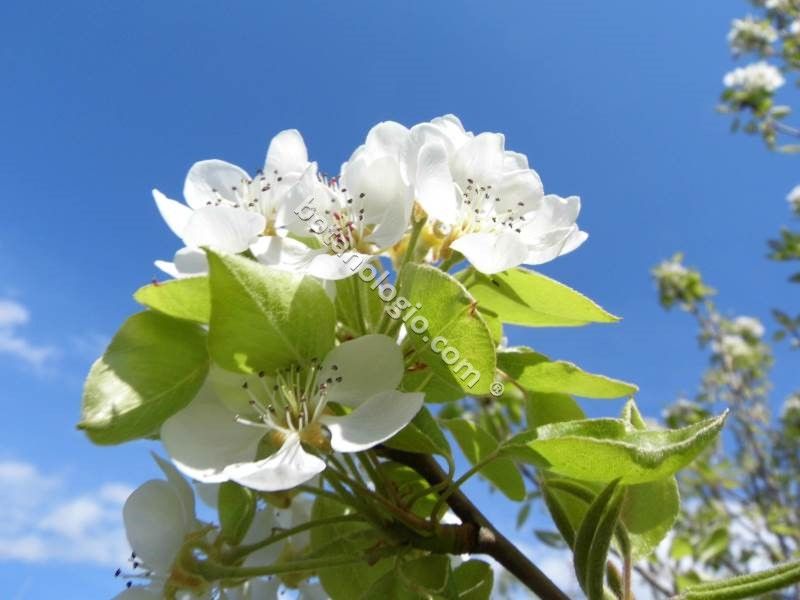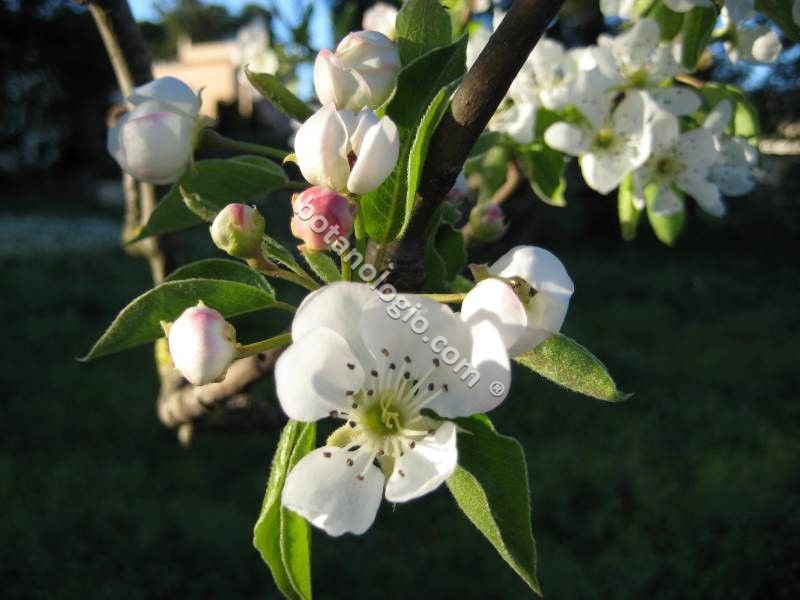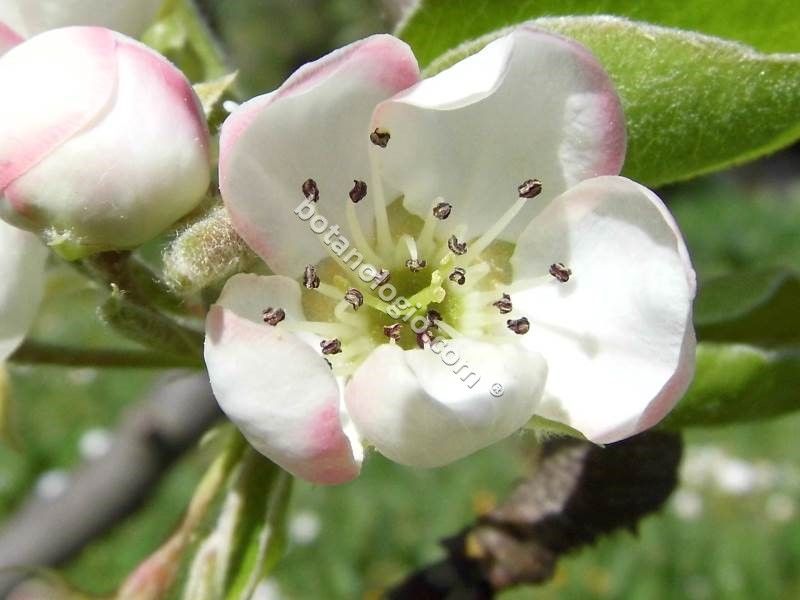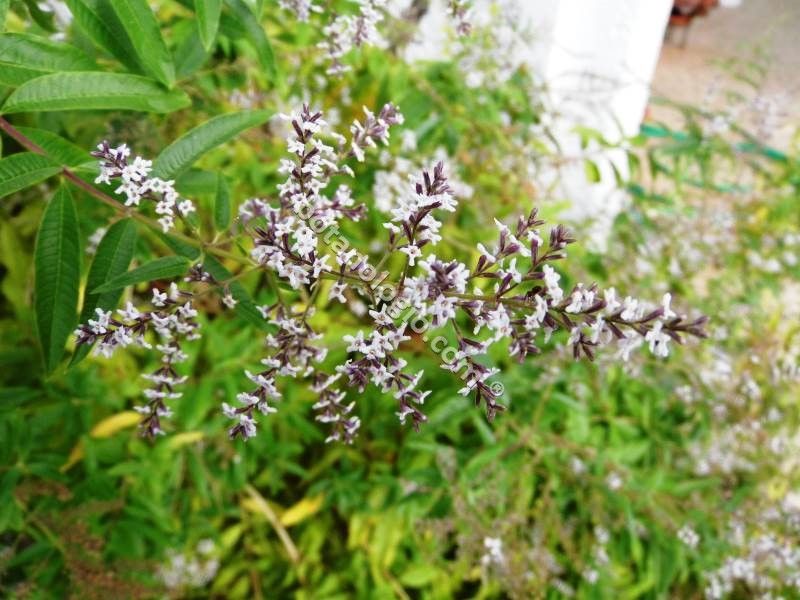Mandrake, general information
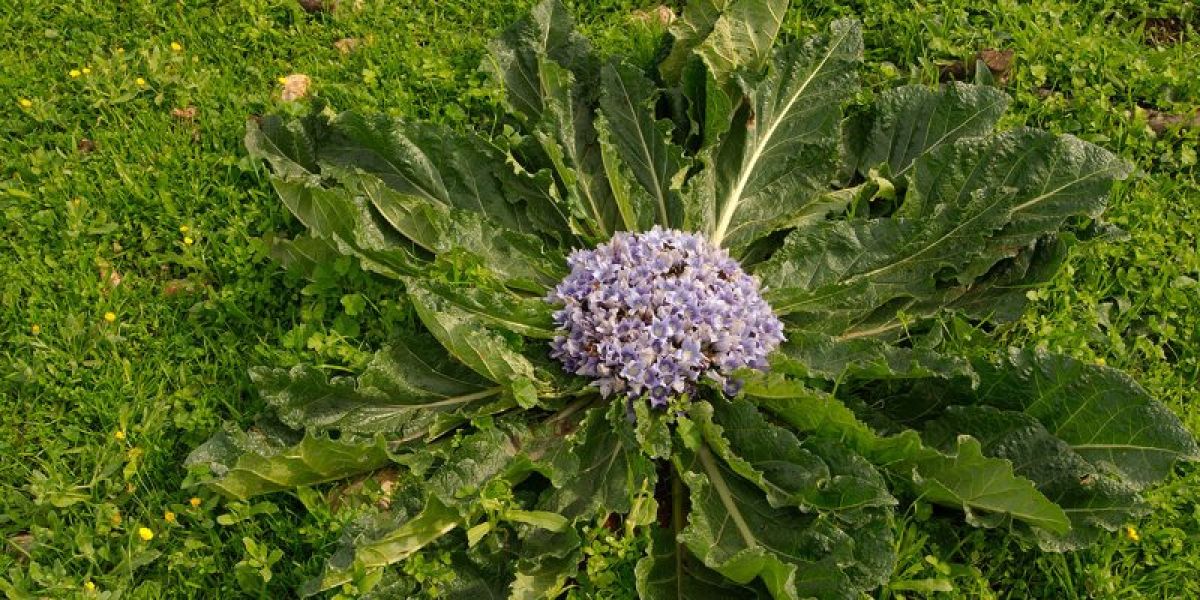
Mandrake is a perennial plant with a preference for semi-mountainous areas and hard soils and is one of the medicinal herbs since antiquity.
Characteristic is the appearance of the root, which looks like a human form and much of the myth surrounding its properties is due to it. In Greece and the Mediterranean it is native, and known since antiquity.
It is found more frequently in Central Greece and the Peloponnese. The mandrake plant is highly toxic and hallucinogenic, with large flowers, yellow fruit and deep root with the characteristic appearance we mentioned.
A magical herb
As it is known, mandrake was used in antiquity but also in the folk tradition as an amulet for protection from death or disease. In fact, there was a fear that when it was uprooted, due to the human shape of the root, it would make a scream that would drive anyone who listened to it crazy.
The leaves are collected in summer and the root in autumn. This plant is not suitable for internal use, it is poisonous to the body due to its dangerous side effects. Its use is limited to external application but with many therapeutic properties. The toxicity of mandrake is due to the content of scopolamine, hyosciamine and atropine, alkaloids that are present in high content in the root.
Read more about the healing properties of mandrake.
